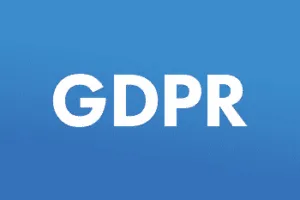Natural Language Processing (NLP): You may not realize it, but you interact with this technology pretty often. It’s an innovation included on most smartphones, home automation hubs and thousands of automated phone answering systems. You know, those friendly robots that ask you how to direct your call to the correct department, tell you your credit card balance, and allow you to pay a bill over the phone. But, what is ‘Natural Language Processing’ exactly and how does it work?
What is Natural Language Processing (NLP)?
Natural language processing is a component of artificial intelligence, which allows a computer program to understand and perform actions based on spoken language. NLP systems utilize machine learning to identify patterns and improve their own understanding. These patterns are based on common phrases, slang and regional dialects.
These programs are capable of segmenting sentences, identifying parts of speech, and data mining named entities such as first and last names, geographic locations, dates, phone numbers and addresses. They’re also capable of coreference resolution, which is the task of finding all expressions that refer to the same entity in a text, like ‘he’ in reference to a name mentioned earlier.
NLP for Virtual Assistants
Siri, Cortana (Microsoft), Google Assistant, and Alexa (Amazon) are all examples of virtual assistants that employ NLP. These assistants can be asked questions, such as “Who was the 38th president of the United States?” –Gerald Ford, by the way– or directed to dim the lights in a certain area of your home by saying something like “Alexa, dim the kitchen lights.”
Practical Applications for NLP
While these VA’s are great for making our already-luxurious western lifestyles even more convenient, they’re not reserved for the world’s largest tech companies and answering machines. For many businesses, integrating NLP into a mobile app or another tool might be the next best move for your mobile strategy.
For instance, a doctor could use an NLP app to talk through symptoms, rather than jotting down illegible notes or typing on a clunky laptop. A well-built NLP program would be able to gather data from doctor’s spoken notes and match them to corresponding conditions. It could even assign a percentage match to the condition so that the doctor would know which condition to explore first. According to the IOM, Americans experience 12 million diagnostic errors every year. Considering that such errors contribute to around 10% of patient deaths, taking comprehensive notes and generating an accurate diagnosis is critical!
The Next Step in Your Mobile Strategy
The applications don’t stop there. Today, many mobile apps contain NLP for simple navigation purposes. This can be extraordinarily helpful for someone trying to find information or complete a task in tandem with using their hands. In fact, we’re helping a few clients launch NLP on their mobile applications as you’re reading this!
Ready to tack the latest in AI and machine learning onto your app? Get in touch with the 7T team today to integrate natural language processing into your mobile strategy.










